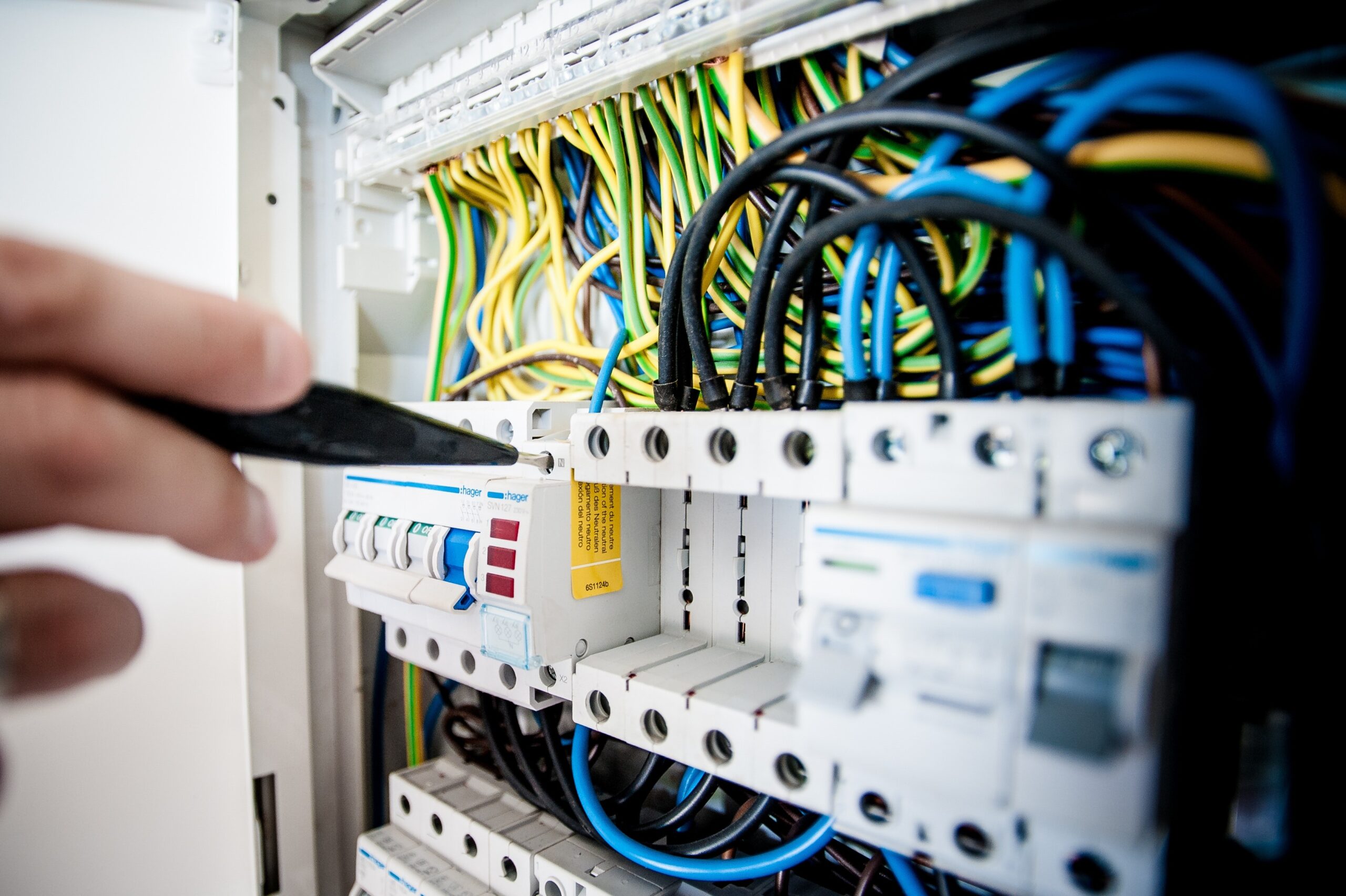When an electrical circuit trips, it means that the circuit breaker or fuse has detected an overload or fault in the circuit and has shut off power to prevent damage or a potential hazard. If you experience a tripped circuit in your home, here are some steps you can take to diagnose and fix the problem.
Identify the affected circuit:
Locate the circuit breaker panel or fuse box in your home and identify which breaker or fuse corresponds to the tripped circuit. It should be in the “off” position or have a blown fuse.
Turn off all appliances:
Turn off all appliances and devices that are connected to the circuit, including lights and electronics.
Reset the breaker or replace the fuse: If you have a circuit breaker, switch it to the “off” position and then back to the “on” position. If you have a fuse, replace it with a new one of the same amperage.
Test the circuit:
Turn on one appliance or device at a time and see if the circuit trips again. If it does, turn off that device and try another one. This will help you identify which appliance or device is causing the overload.
Check for faulty wiring: If the circuit trips repeatedly, even with all devices turned off, there may be faulty wiring or a short circuit in the circuit itself. In this case, it’s best to call a licensed electrician to inspect and repair the wiring.
Address the underlying issue:
Once you have identified the cause of the tripped circuit, take steps to address the underlying issue. This may involve unplugging or replacing a faulty appliance, repairing faulty wiring, or upgrading the circuit itself.
Remember, diagnosing and fixing electrical problems can be dangerous and should only be done by qualified individuals.
If you’re unsure or uncomfortable with diagnosing and fixing electrical issues, it’s best to call a electrician to handle the problem.

